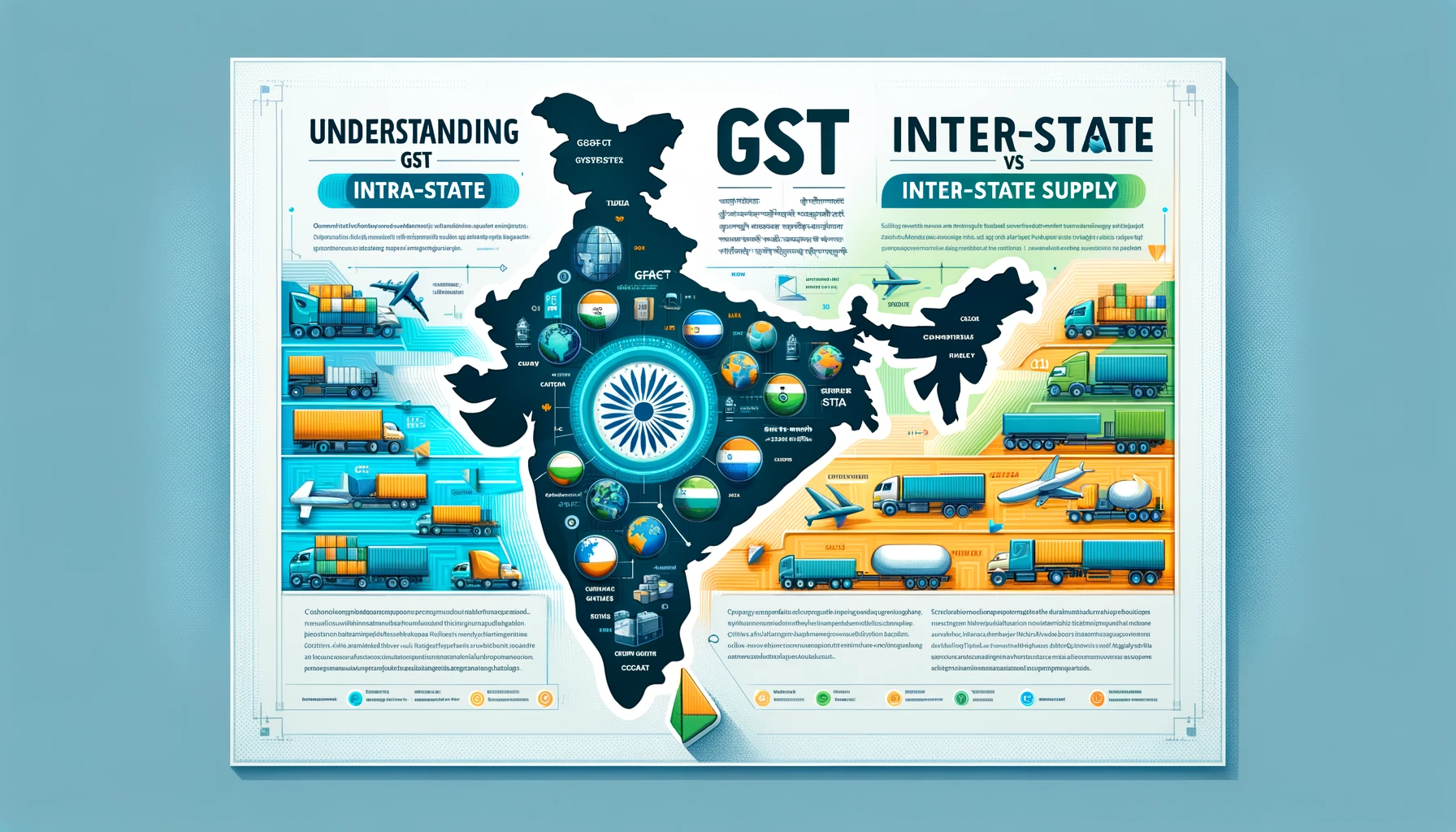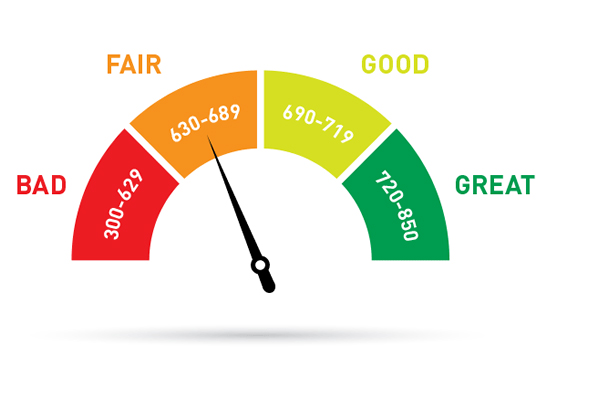
GST Intra-State vs Inter-State: Simplified Guide to Understanding Supply Under GST
Understanding the ‘GST Intra-State vs Inter-State’ supply distinctions is crucial for any business operating under India’s GST regime. This article aims to simplify these concepts and explain their implications, ensuring you can accurately manage and comply with GST requirements. Let’s break down the basics of intra-state and inter-state supplies and their tax implications. The Goods and Services Tax (GST) in India has transformed how taxes are levied on the supply of goods and services. One key aspect of GST is the differentiation between intra-state and inter-state supply. Understanding this distinction is essential for accurately calculating and filing GST. This article aims to simplify these concepts and explain their significance.
What is GST?
Before diving into intra-state and inter-state supplies, let’s understand GST. GST is a unified tax imposed on the sale, manufacture, and consumption of goods and services throughout India. It replaces several older taxes such as sales tax, service tax, and excise duty. GST is intended to create a single, coherent market by ensuring tax uniformity across states.
GST Intra-State Supply
“Intra-state supply” refers to transactions where both the supplier and the recipient are located in the same state or union territory. For example, if a business in Mumbai sells products to a customer also in Mumbai, this is considered an intra-state supply.
Tax Implications of Intra-State Supply
In such transactions, both Central GST (CGST) and State GST (SGST) are charged. Here’s how it works:
- CGST is collected by the Central Government.
- SGST is collected by the State Government.
The total tax rate is divided equally between CGST and SGST. For instance, if the total GST rate is 18%, CGST and SGST would each be 9%.
GST Inter-State Supply
“Inter-state supply” occurs when the supplier and the recipient are in different states or union territories. It also covers cases where goods or services are supplied across national borders or to special zones like Special Economic Zones (SEZs).
For example, if a supplier in Delhi sells goods to a customer in Tamil Nadu, it counts as an inter-state supply.
Tax Implications of Inter-State Supply
Inter-state supplies attract Integrated GST (IGST), which is levied by the Central Government. The IGST rate is generally equal to the combined rates of CGST and SGST. Using the earlier example, if the total GST is 18%, then IGST would also be 18%.
Key Differences Between GST Intra-State and Inter-State Supply
-
GST Intra-State Supply:
- Both CGST and SGST are applied.
- It ensures that the revenue is shared between the state and the central government.
- The supply must occur within the same state or union territory.
-
GST Inter-State Supply:
- IGST is applied, which is administered by the central government but shared with the state where the goods or services are consumed.
- Includes supplies where goods or services cross state or national boundaries.
- Supplies to SEZs or imports and exports are treated as inter-state supplies.
Comparing GST Intra-State and Inter-State
Both types of supplies contribute to the national economy but in different ways:
- Intra-State Transactions: These involve both CGST and SGST, making sure that both the state and central governments receive their share of taxes.
- Inter-State Transactions: These involve IGST, which simplifies tax administration by consolidating taxes into a single category rather than splitting them between state and central levels.
Conclusion
Understanding the difference between intra-state and inter-state supply is crucial for businesses to comply with GST laws and to ensure correct tax payments. It helps in:
- Determining the correct GST rate to apply.
- Ensuring proper revenue distribution between state and central governments.
- Simplifying tax administration and compliance.
By grasping these fundamentals, businesses can effectively manage their tax liabilities and contribute appropriately to government revenues, fostering a more unified and efficient market across India.


